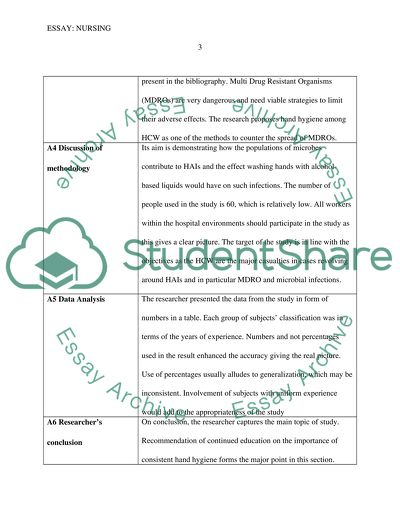Cite this document
(“Evidence-based practice: Hand hygiene in healthcare settings Essay”, n.d.)
Retrieved from https://studentshare.org/nursing/1679269-evidence-based-practice-hand-hygiene-in-healthcare-settings
Retrieved from https://studentshare.org/nursing/1679269-evidence-based-practice-hand-hygiene-in-healthcare-settings
(Evidence-Based Practice: Hand Hygiene in Healthcare Settings Essay)
https://studentshare.org/nursing/1679269-evidence-based-practice-hand-hygiene-in-healthcare-settings.
https://studentshare.org/nursing/1679269-evidence-based-practice-hand-hygiene-in-healthcare-settings.
“Evidence-Based Practice: Hand Hygiene in Healthcare Settings Essay”, n.d. https://studentshare.org/nursing/1679269-evidence-based-practice-hand-hygiene-in-healthcare-settings.


